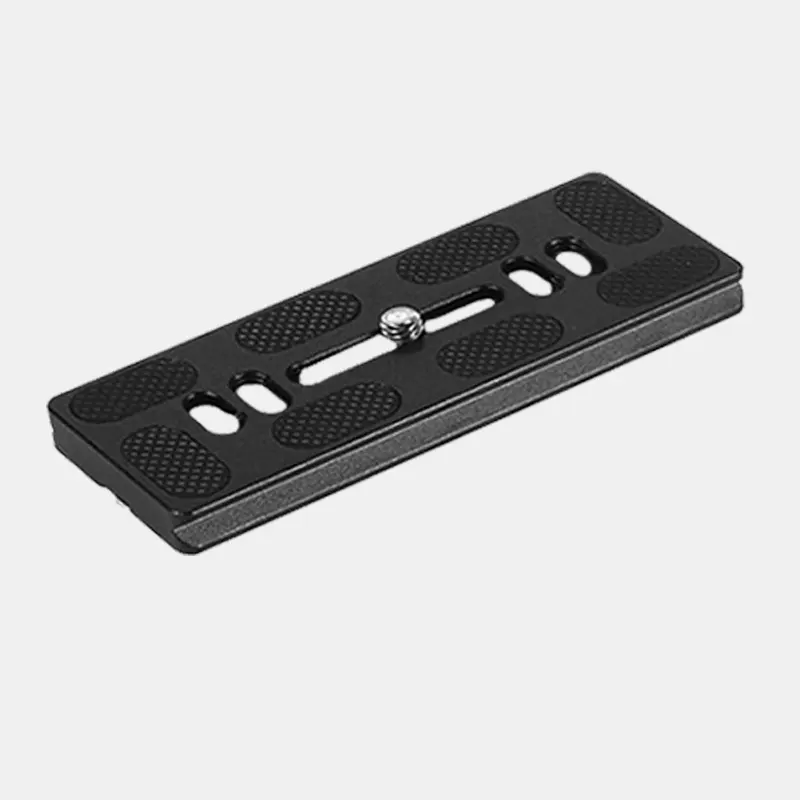

Time:2025-06-04 Views:1

Macro lens adapters often encounter concentrated loads during their operation, which can occur when the lens is adjusted, when the camera is mounted at an awkward angle, or when external forces are applied to the equipment. The ability to withstand concentrated loads is crucial for maintaining the integrity and functionality of macro lens adapters.
The key to enhancing the resistance to concentrated loads lies in the material's mechanical properties and the adapter's structural design. Materials with high compressive strength and modulus of elasticity are preferred. For example, stainless steel, with its high strength and good resistance to deformation under concentrated loads, can be used in critical parts of the macro lens adapter. In addition to the base material, the use of surface treatments can further improve the load - bearing capacity. Hard anodizing for aluminum - based adapters increases the surface hardness, reducing the risk of indentation or deformation when a concentrated load is applied.
Structurally, a well - designed load - distribution system is essential. For instance, the mounting interface of the macro lens adapter, where the concentrated load from the lens is primarily transferred, can be designed with a wider contact area. This spreads the load over a larger surface, reducing the pressure on any single point. Reinforcing the corners and edges, which are more susceptible to stress concentrations under concentrated loads, can be achieved through additional material thickness or the use of strengthening ribs. Another approach is to incorporate flexible or elastic components in the adapter design. These components can deform slightly under concentrated loads, absorbing some of the stress and preventing it from being fully transferred to the adapter structure.
Finite element analysis (FEA) is a valuable tool in optimizing the design of macro lens adapters for concentrated load resistance. By simulating different loading scenarios, engineers can identify areas of high stress within the adapter and make corresponding design improvements. FEA allows for the testing of multiple design iterations without the need for physical prototypes, saving time and cost in the development process. Through continuous refinement based on FEA results, macro lens adapters can be designed to withstand a wide range of concentrated loads, ensuring reliable performance in various shooting conditions.
Read recommendations:
X-T4 Camera Cage for FUJIFILM X-T4 Aluminum Alloy Cage with Cold Shoe Mount for Microphone and Light